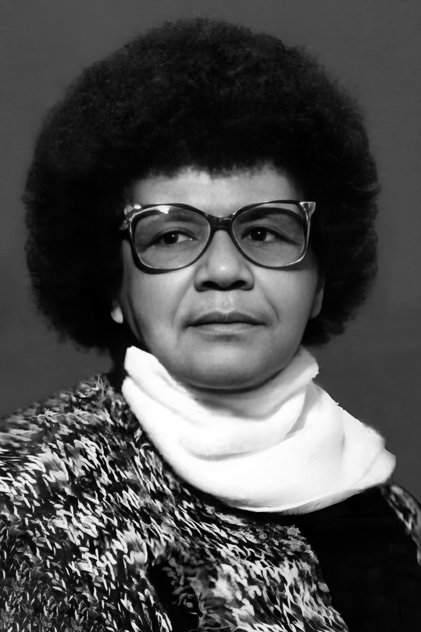
Sarah Maldoror
Sarah Maldoror (in Arabic: سارة مالدورور), whose real name was Marguerite Sarah Ducados, was a French filmmaker and director, born on July 19, 1929 in Condom (Gers) and died on April 13, 2020 in Fontenay-lès-Briis (Essonne). Her cinema is poetic but also political and committed. She is considered a leading figure in African cinema and the first female director on the continent. Born to a Guadeloupean father from Marie-Galante and a mother from Gers, she chose the artist name "Maldoror" in homage to the poet Lautréamont. In 1958, she created the first black troupe in Paris, "Les Griots", alongside Toto Bissainthe, Timoti Bassori and Samb Abambacar. One of their goals is to share and make known the texts of black authors, and to offer major roles to actors of African origin. Sarah Maldoror left for two years in Moscow to study cinema at VGIK under the guidance of Mark Donskoï. There she met the Senegalese filmmaker Ousmane Sembène. Companion of Mário Pinto de Andrade, Angolan poet and politician, she participated with him in the African liberation struggles. They gave birth to two daughters, Annouchka de Andrade and Henda Ducados. She returned to France in Saint-Denis. Mario de Andrade is the founder and first president of the MPLA (Movement for the Liberation of Angola). While he was secretary to Alioune Diop, founder of Présence africaine, he organized the first congress of black writers and artists in Paris (Sorbonne, 1958) and became a close friend of the poets Aimé Césaire, Léopold Sédar Senghor, Frantz Fanon and Richard Wright. It was in Algiers, where she moved in 1966, that she made her debut on the cinematographic front of the anti-colonial struggles: assistant on Gillo Pontecorvo's Battle of Algiers (1966) and William Klein's Pan-African Festival of Algiers 1969, a documentary, she soon made her first film, followed by a lost film shot in Guinea-Bissau and a first "fiction" feature film, Sambizanga (1972). Filmed in the Republic of Congo, based on an Angolan novel by José Luandino Vieira, adapted by his partner Pinto de Andrade with the French writer Maurice Pons, Sambizanga takes place in 1961 and describes the repression of the Angolan Liberation Movement from the point of view of Maria, the wife of a revolutionary activist imprisoned and tortured by the Portuguese army, who sets out to look for him across the country. Sarah Maldoror will direct more than forty short or feature-length films, fiction films or documentaries. Her gaze has focused in particular on the poets Aimé Césaire (five films), René Depestre or Louis Aragon, as well as the painters Ana Mercedes Hoyos, Joan Miró or Vlady. She died in April 2020 from Covid-19. In November 2021, "Sarah Maldoror, Cinéma Tricontinental" proposed by the Palais de Tokyo in Paris, is a retrospective of her work, her life and her political commitment. The exhibition continues at the Musée de l'Homme, the Musée de l'Histoire de l'immigration and the Musée d'Art et d'Histoire Paul Éluard in Saint-Denis.
- Known ForDirecting
- Born19 July 1929 (age 96)
- Place of BirthCondom, France
Sarah Maldoror

- Known ForDirecting
- Born19 July 1929 (age 96)
- Place of BirthCondom, France
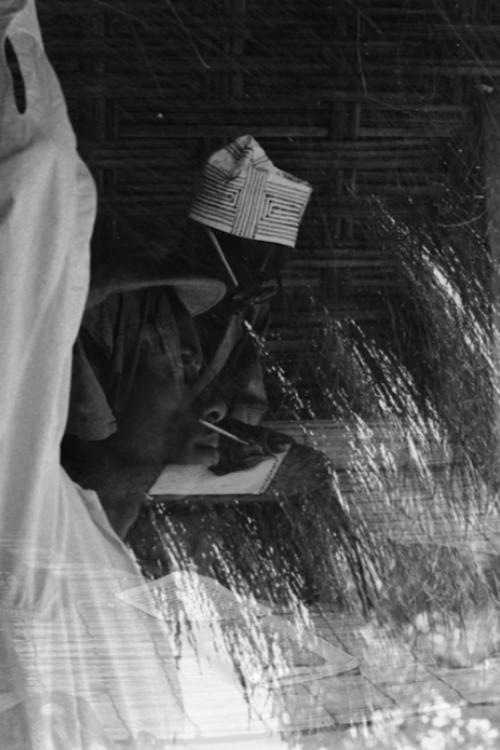
Foreword to Guns for Banta
2011

Afrique[s], une autre histoire du XXème siècle - Acte 1
2010

Papa Césaire
2009
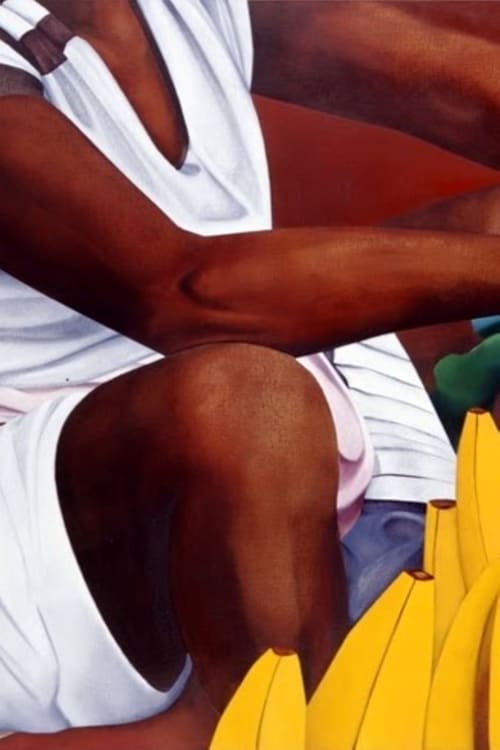
Ana Mercedes Hoyos
2009
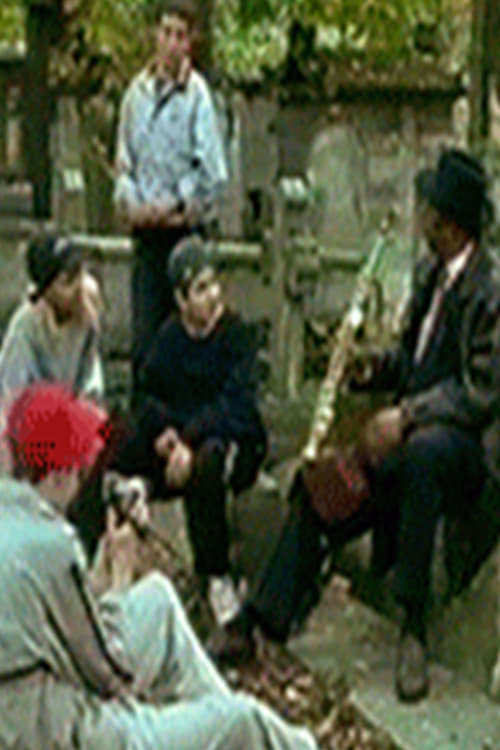
Scala Milan AC
2005
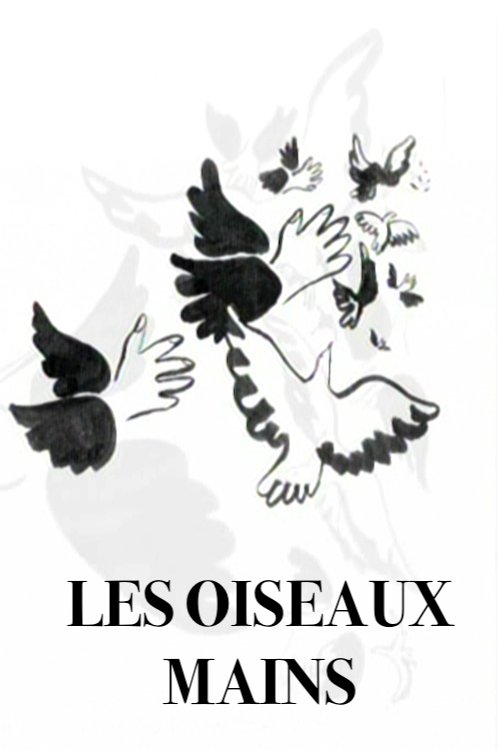
Les oiseaux mains
2005

Voisins, voisines
2005

Memory's Gaze
2003
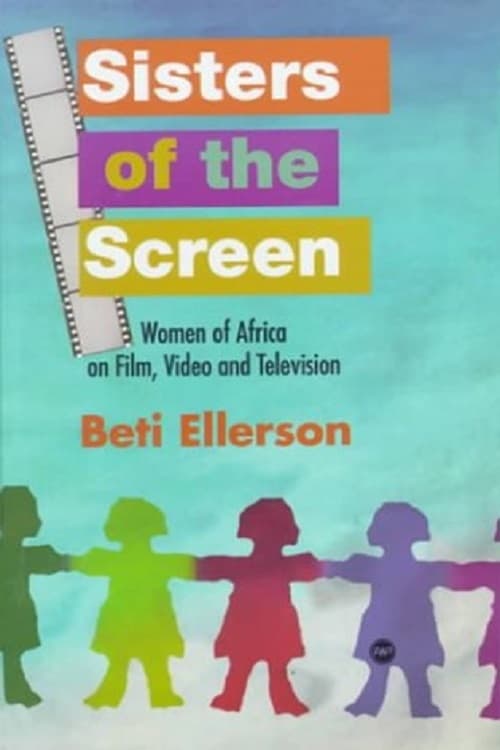
Sisters of the Screen - African Women in the Cinema
2002
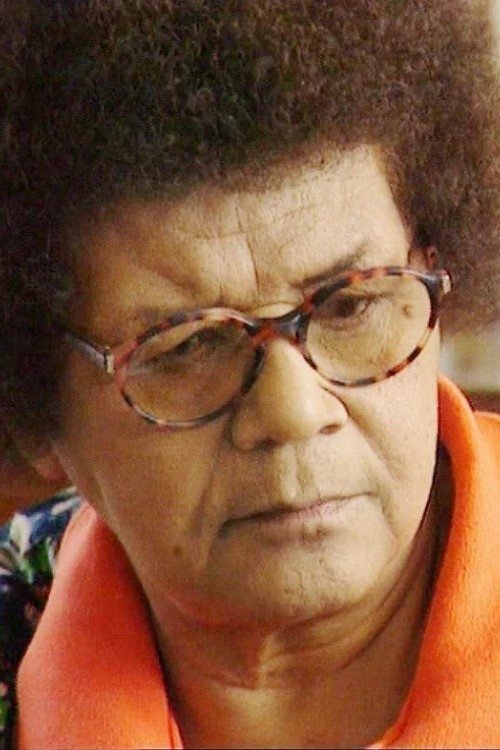
Sarah Maldoror ou la nostalgie de l'utopie
1999

Tribu du bois de l'E
1998
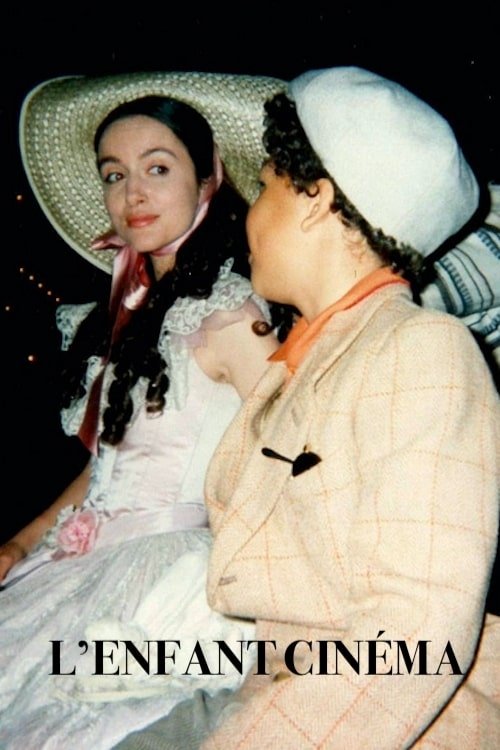
L'Enfant cinéma
1996

Léon G. Damas
1995
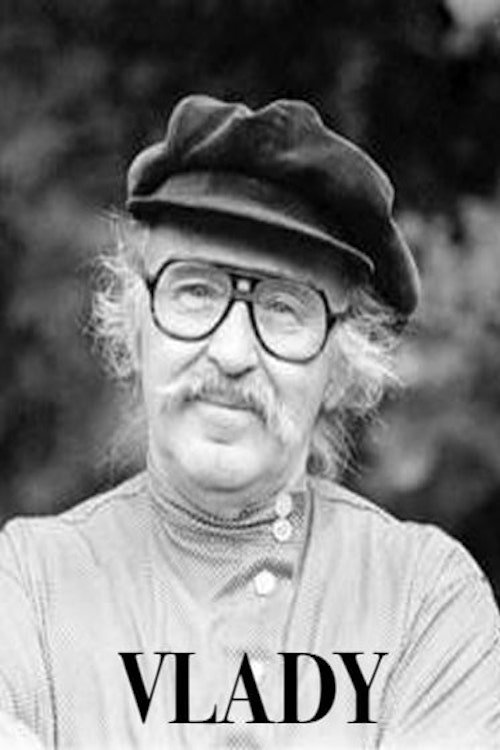
Vlady
1989

Rencontre avec Assia Djebar
1987

Le Passager du Tassili
1987
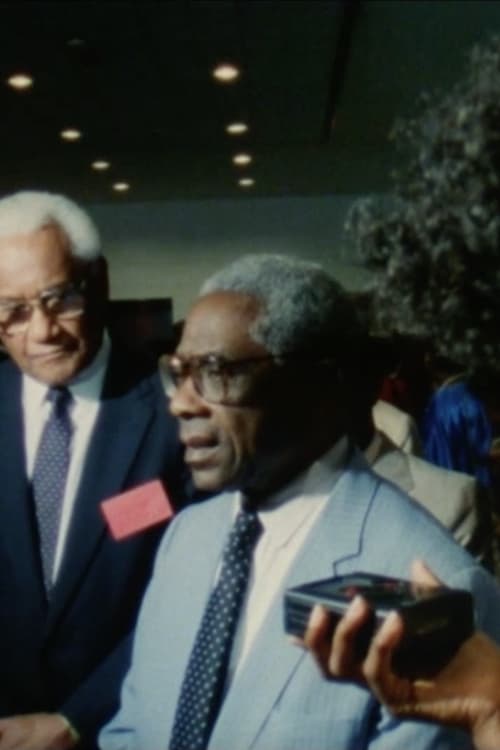
Aimé Césaire: The Mask of Words
1987

Robert Doisneau, photographe
1987
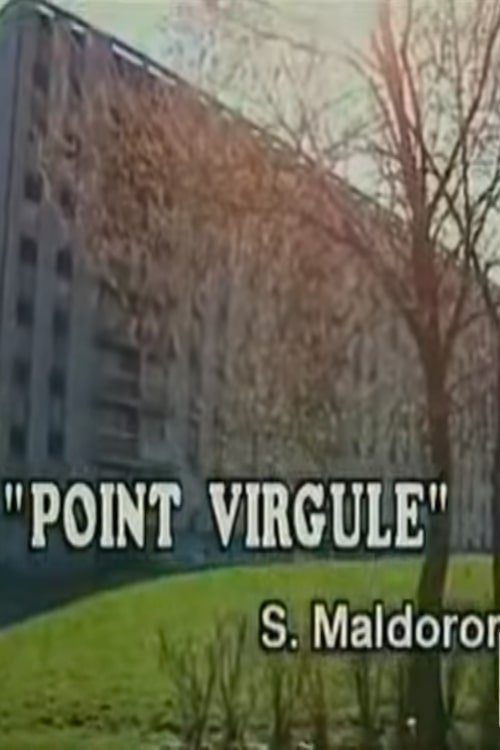
Point Virgule
1986

First International Conference for Black Women
1986

A Senegalese Man in Normandy
1986
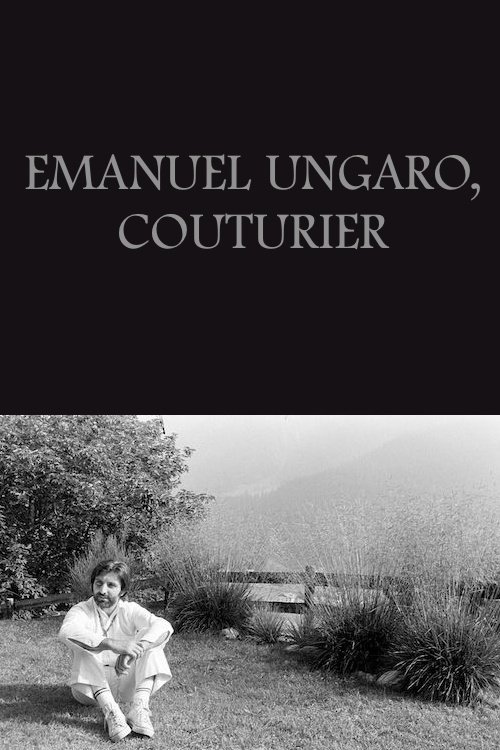
Emanuel Ungaro
1986

Alberto Carlisky
1986

Tunisian Literature at the French National Library
1986

Point Virgule, Youth Journal
1986
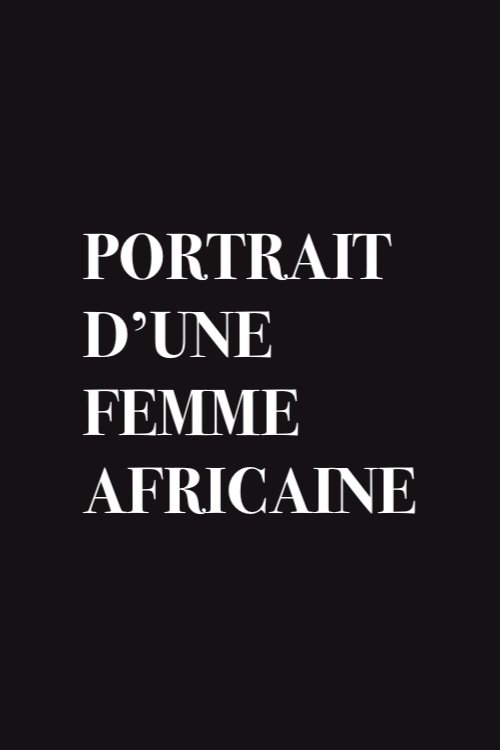
Portrait of an African Woman
1985
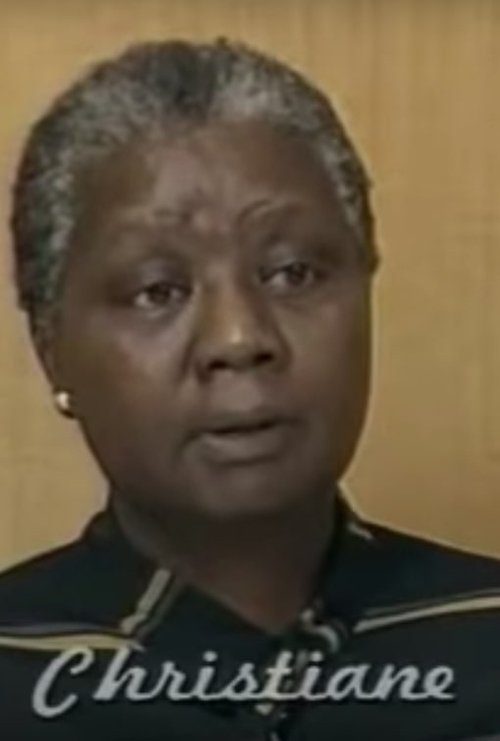
Portrait of Christiane Diop
1985

Public Writer
1985
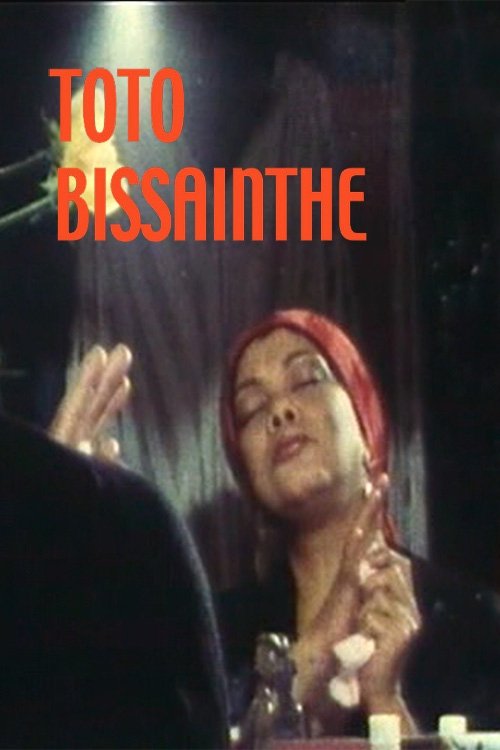
Toto Bissainthe
1984
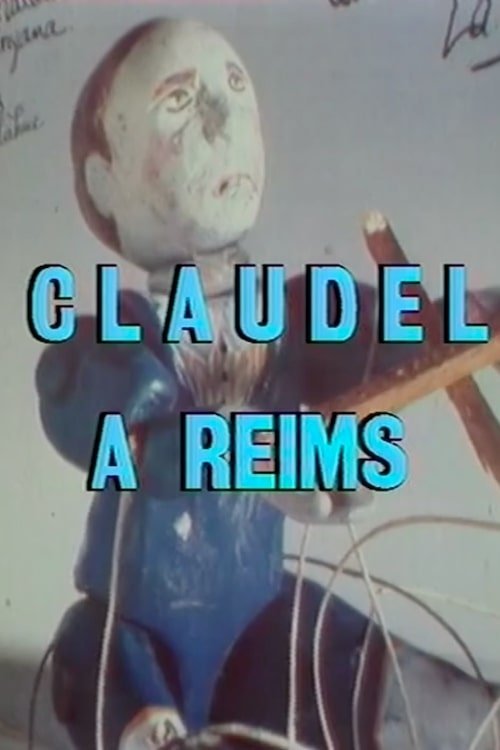
Claudel in Reims
1984
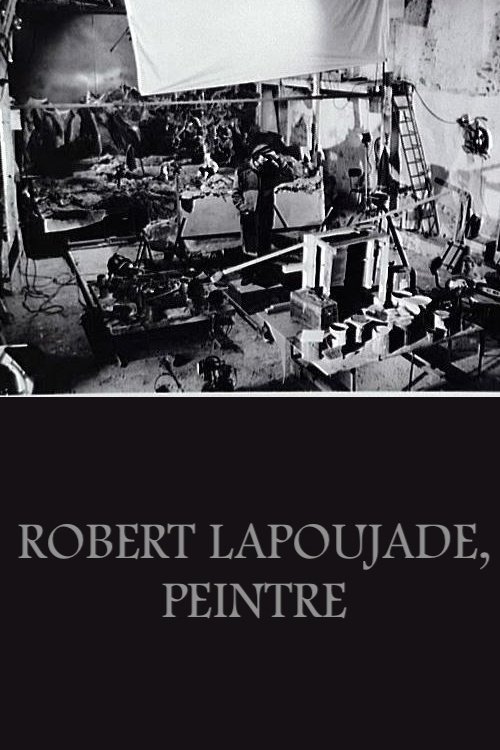
Robert Lapoujade, peintre
1984
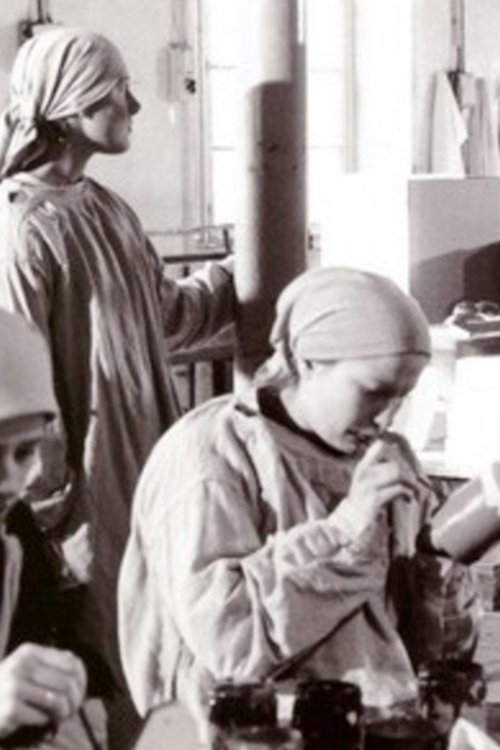
The Hospital of Leningrad
1983

René Depestre, poète haïtien
1982
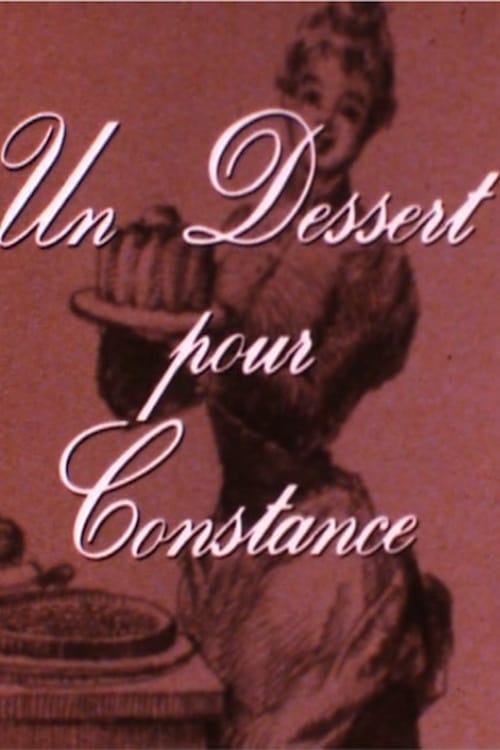
A Dessert for Constance
1981

Carnival in Bissau
1980
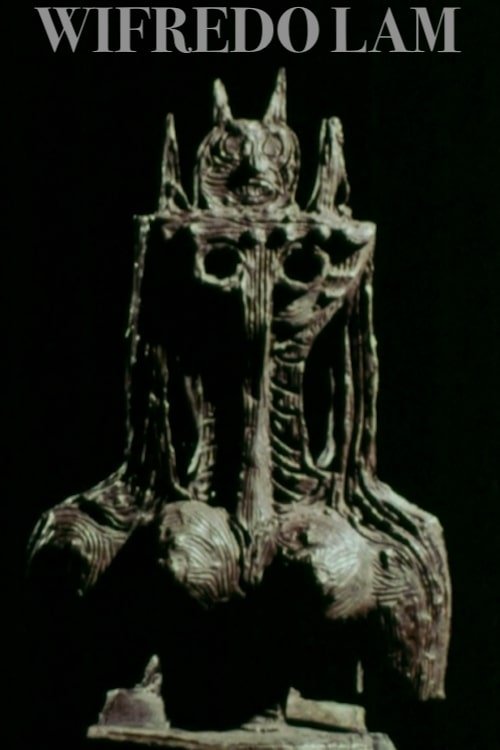
Wifredo Lam
1980

Wielopole, Wielopole as Staged by Kantor
1980

Opening of the Theater Noir in Paris
1980
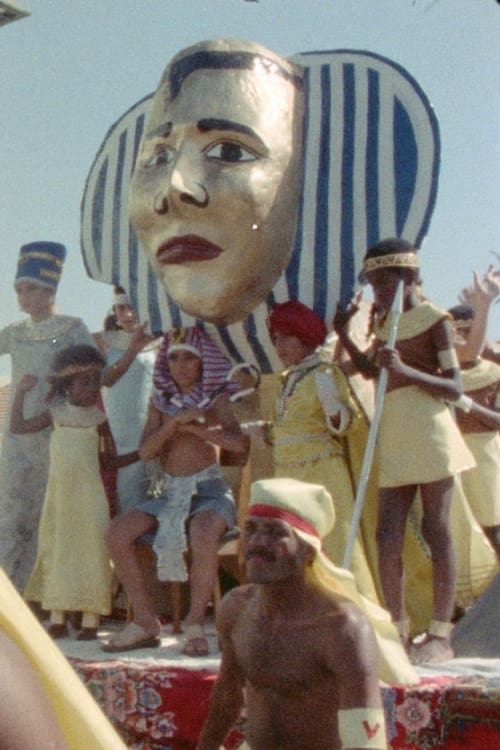
Carnival in the Sahel
1979

Miró, The Painter
1979

Fogo, Fire Island
1979
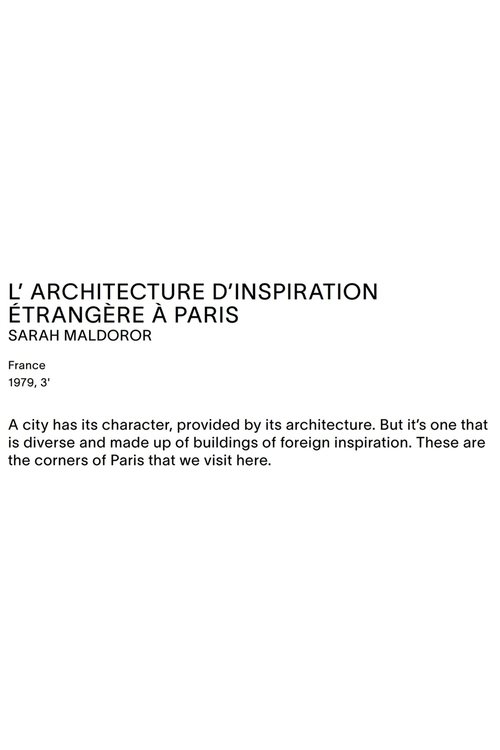
Foreign-Inspired Architecture in Paris
1979

Louis Aragon, a mask in Paris
1978

Père Lachaise Cemetery
1978
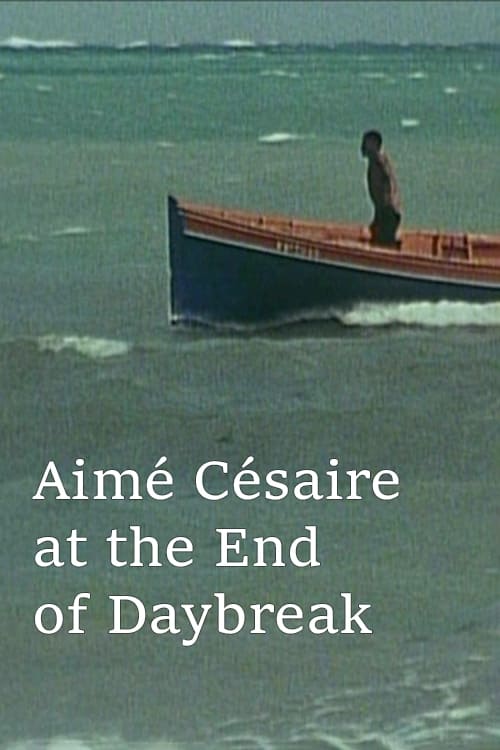
Aimé Césaire at the End of Daybreak
1977

The Basilica of Saint-Denis
1977
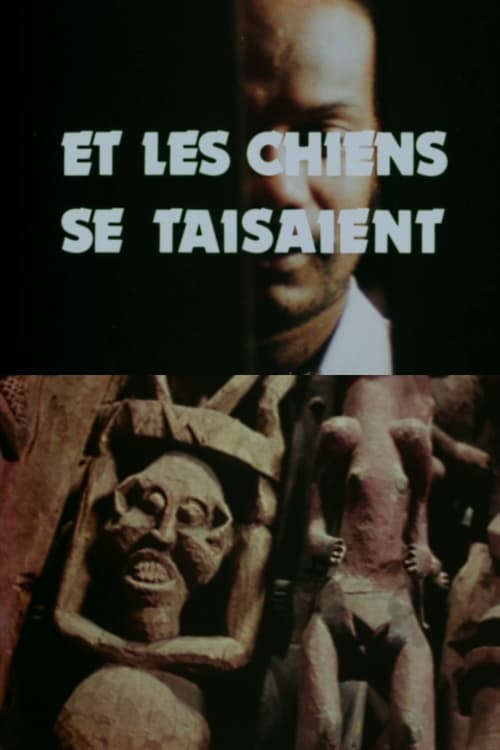
And the Dogs Were Silent
1976
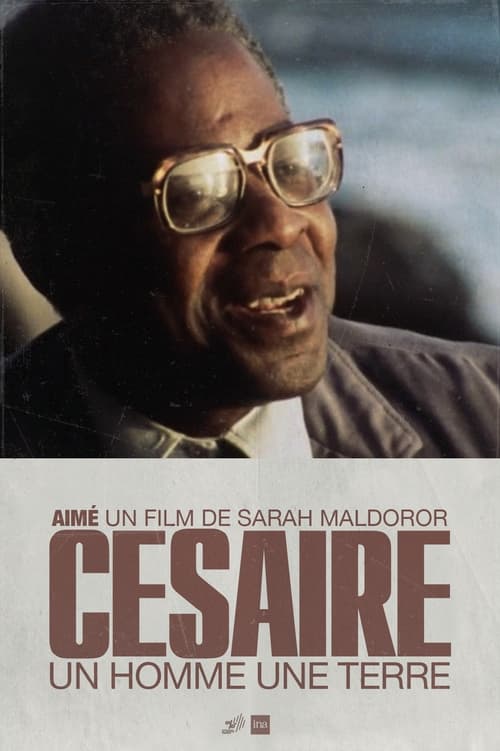
Aimé Césaire, Un homme une terre
1976

Mosaïque
1976

Sambizanga
1973

Saint-Denis-sur-Avenir
1972

Guns for Banta
1970






